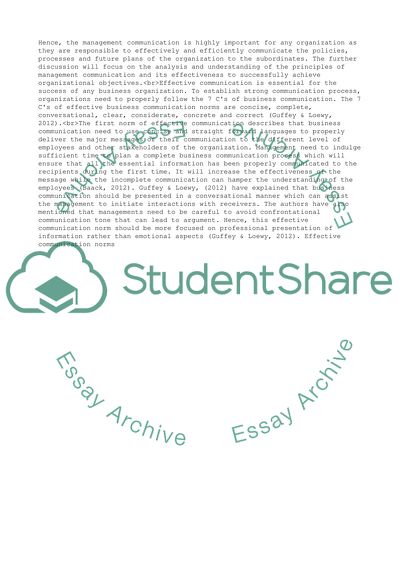Cite this document
(“Management Communications /Research Assignment Research Paper”, n.d.)
Management Communications /Research Assignment Research Paper. Retrieved from https://studentshare.org/management/1697695-management-communications-research-assignment
Management Communications /Research Assignment Research Paper. Retrieved from https://studentshare.org/management/1697695-management-communications-research-assignment
(Management Communications /Research Assignment Research Paper)
Management Communications /Research Assignment Research Paper. https://studentshare.org/management/1697695-management-communications-research-assignment.
Management Communications /Research Assignment Research Paper. https://studentshare.org/management/1697695-management-communications-research-assignment.
“Management Communications /Research Assignment Research Paper”, n.d. https://studentshare.org/management/1697695-management-communications-research-assignment.


